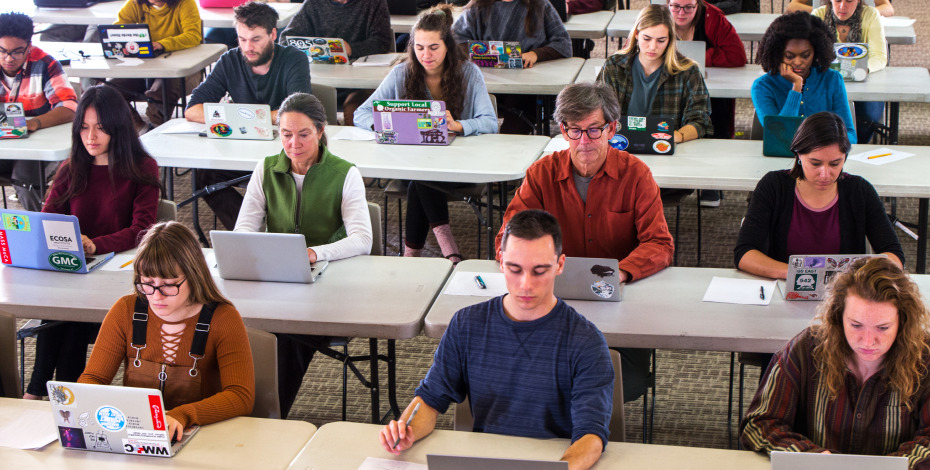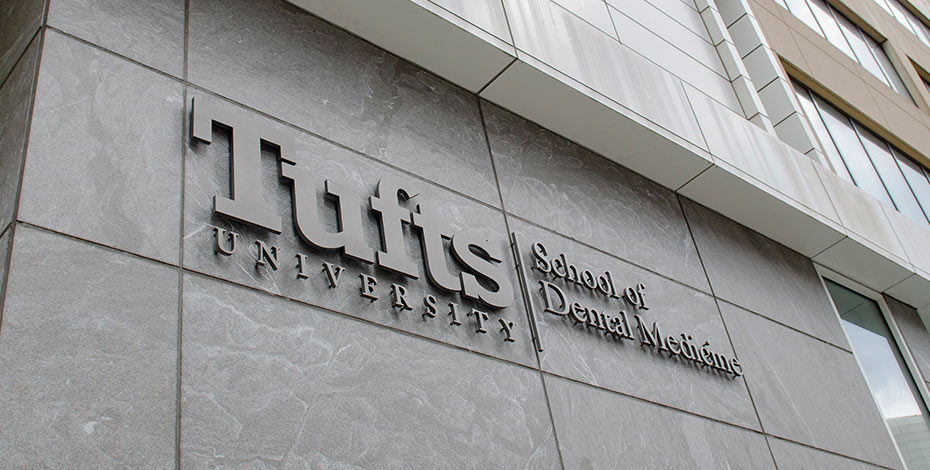
As remote learning and assessment have been in the limelight over the last several months due to a global pandemic forcing education – and many other things – online, the technology supporting those efforts has become high profile as well. That includes ExamSoft. Recently, six senators publicly posted a letter to us, asking for clarity on our software. We responded to them in full on December 17, 2020, and think many of you may also be interested in some of this information so we are providing a summary below:
1. Technology for monitoring and detecting integrity breaches
ExamSoft’s test-taking application, Examplify, ensures the integrity of an exam by restricting the functionality of a user’s device, not by monitoring their environment. The application prevents exam-takers from opening any non-authorized programs, and it disables the device’s internet connectivity. The institution can also choose to limit backward navigation in the exam and randomize the order of exam questions and answers. Examplify also generates comprehensive log files and reports of the test-taking experience and makes them available to the client.
ExamID and ExamMonitor are optional features that uses audio and video recording to enable institutions to further ensure the integrity of their exams with the help of artificial intelligence and virtual human proctors. But the people at those institutions—not the software or virtual proctors—always make the final determination on whether there has been any breach of exam integrity.
2. Ensuring accurate monitoring regardless of gender, race, or religion
ExamSoft is committed to ensure accuracy for all exam-takers, regardless of gender, race, or religion. With Deferred ID, which is the default setting for ExamID, exam-takers are not prevented from entering an exam due to an identification anomaly.
3. Features and accommodations for individuals with disabilities
ExamSoft works to ensure that its products are accessible to and fairly delivered for all exam-takers regardless of any disability or other condition they may have. ExamSoft designed Examplify to help institutions accommodate test-takers with disabilities or other physical conditions. ExamSoft regularly reviews its online portal and software to ensure that they conform with industry standards, including the Web Contact Accessibility Guidelines (WCAG) 2.1, for accommodating exam-takers with disabilities. ExamSoft also enables the institution to accommodate individual exam-takers with additional time.
4. Remote proctor qualifications
The individuals who make the final determinations about whether an institution’s exam standards have been violated work for the institution, not ExamSoft or its virtual proctoring partners. Still, ExamSoft seeks to ensure that the individuals who initially review exam videos are well-trained. The proctoring partners perform background checks on prospective virtual proctors to verify their education, work experience, and criminal record. Once they are hired, those proctors go through a formal training program that includes classroom training, shadowing, supervised on-the-job training, and continued audit, review, and retraining, as needed.
5. ADA, HEA, and FERPA compliance
ExamSoft communicates and coordinates closely with partner institutions to ensure that Examplify and its use complies with relevant laws. Further, ExamSoft’s agreements with each institution require compliance with relevant privacy and accessibility laws. For example, in ExamSoft’s standard agreements, ExamSoft acknowledges its obligations under FERPA and the ADA, and warrants that it will abide by those laws and other relevant laws.
6. Facial identification
While only a very small percentage of challenges occur for test-takers meeting the published Minimum System Requirements, the most common reasons exam-takers experience any difficulty with ExamID are as follows: (1) internet connectivity (whether due to the server, the computer, or the internet service itself); (2) poor picture quality (often due to camera issues such as out-of-date drivers, a dirty lens, or the exam-taker being out of focus); and (3) lighting issues (such as lights shining at the camera or significant under-lighting). If an exam-taker runs into any issue with ExamID or any other part of Examplify, they can contact ExamSoft through chat, telephone, or email for assistance.
7. Storing recordings and exam-taker data
ExamSoft shares exam-taker video and recordings with a virtual proctoring partner but does not share any personally identifiable information. The virtual proctors review the videos to assess integrity. All exam-taker information is shared with the client so that the institution can make determinations on exam integrity and grades. ExamSoft does not otherwise share user information and it never sells that information.
After one year, ExamSoft automatically deletes the exam-taker’s video. If an institution asks to download the exam images or videos (for example, to investigate whether there have been any irregularities during the exam), they can do so. In that case, the institution is responsible for determining the manner of retention.
ExamSoft values its role in creating a fair, safe, and secure exam for all. Thank you reading this information about ExamSoft, the experience we offer in partnership with our client institutions, and our commitment to privacy, accessibility, and equity.
Thank you,
Sebastian Vos,
CEO of ExamSoft






